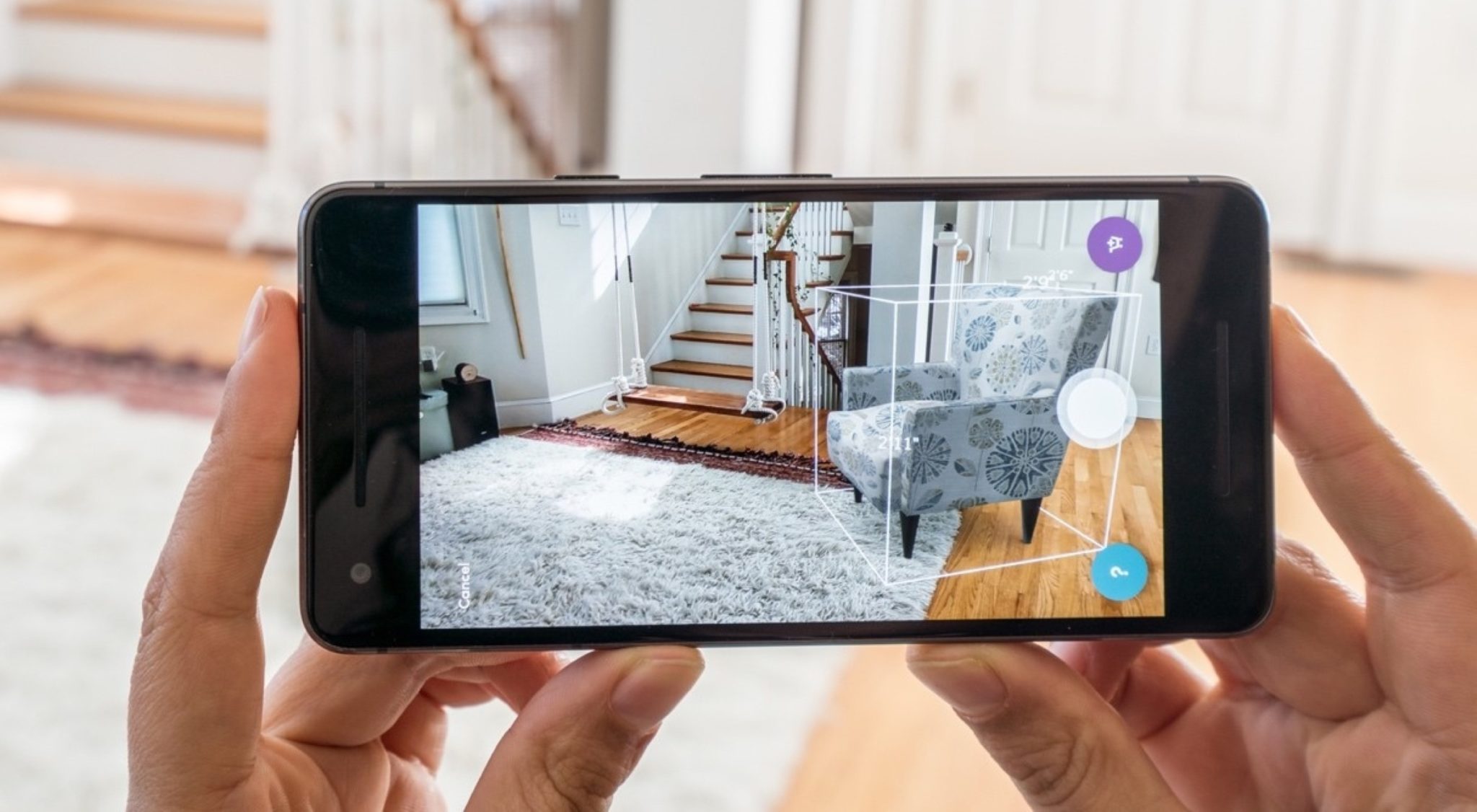Key takeaways
- 3D modeling software empowers brands to deliver real-life product renditions
- 3D modeling needs brands to choose the right software, gather accurate references and optimize the model for greater accessibility
- Enhance simplifies 3D model-building and website integration for e-commerce brands
3D product visualization increases purchasing confidence
Consumers demand convenience, and retailers have been striving to meet their expectations. However, convenience alone is not enough, as only 8% of shoppers prefer an online-only experience, with 66% opting for omnichannel shopping and 25% buying products offline to assess their quality, among other factors. Until recently, e-commerce stores have struggled to replicate this offline shopping experience. But with the advent of 3D configurators, customers can now examine products from various angles, change materials and patterns, and magnify objects in real-time to check their construction.
Benefits of 3D product visualization
According to reports, 60% of online buyers report that 3D product visualization boosts their purchasing confidence. Brands such as Bumbleride have already integrated 3D configurators into their buyer journeys, resulting in a conversion rate lift of up to 121%.
A configurable model of a sunbed as seen on Enhance's 3D and AR viewer. Click 'See in your space' to view it in AR.
Key steps to the 3D modeling process
The 3D modeling process comprises several crucial steps to produce high-quality 3D models.
- Firstly, the structure of the model is built, and the level of detail is determined with a matching polycount. The higher the polycount, the more intricate the details.
- Secondly, textures are added to replicate the product's look and feel. Materials are selected based on the reference materials provided by the brand.
- Finally, motion is added, where 3D artists can animate certain parts of the 3D model to demonstrate any moving parts that the product may have.
How modelers prepare for 3D modeling
The 3D modeling process begins with the product. Brands often provide 3D modelers with catalogs of their products photographed in high definition. Although high-definition pictures help, they do not provide details such as Dimensions, texture or color. As a result, 3D artists ask brands for reference materials, such as the raw materials used, blueprints/measurements, separate images of materials used in the product like wood, fabric, etc. This helps them create a close-to-real-life projection of the object.
Creating life-like 3D models
Creating bespoke, life-like 3D models involves four simple steps.
- Firstly, choose the 3D modeling software best suited to your needs.
- Secondly, start and refine the modeling process by blocking the model's shape and setting the polycount to a minimum.
- Thirdly, texture the model by adding proper materialistic properties like, color, reflections, surface details, etc.
- Finally, export the model by choosing the export format earlier in the process and exporting the file in the selected format once the modeling is complete.
Book a free demo
Optimizing the 3D model for e-commerce
To ensure a seamless customer experience, e-commerce 3D models must focus heavily on optimization and visual appeal. To achieve this, it is recommended to control file size to ensure faster load times, add realistic textures, add animations to demonstrate moving parts, and drive customer engagement with accurate and interactive 3D models.
Adding interactivity to 3D models using augmented reality
After creating interactive 3D renders, businesses import them onto their shopping pages. This allows consumers to view the models and interact with them while shopping. To create even more immersive experiences, software engineers/developers can import the 3D render into an AR environment and use code to define interactions.
Enhancing your e-commerce experience
3D configurators have been a game-changer for e-commerce stores, and creating and incorporating 3D models of products into web stores can be expensive and complicated. Enhance helps brands enter the immersive shopping space by creating 3D interactive product catalogs, helping customers get a realistic sense of what it means to own a product. This allows customers to make confident buying decisions and boosts conversion rates.
Best practices for e-commerce 3D models
Creating high-quality e-commerce 3D models requires careful consideration of optimization and visual appeal. Here are some key best practices to ensure a smooth customer experience:
- Select the right 3D modeling software
- Add proper details to the 3D model, to make it more realsitic
- Optimize file size for faster load times
- Add animation and interactivity to the 3D models
Conclusions
Reports show that 82% of product page visitors activate 3D product views, making it crucial for brands to integrate these models into their online customer journeys. Outsourcing the process to companies like Enhance can save time and effort while ensuring top-quality results. By following these best practices, brands can provide a more immersive shopping experience and ultimately drive more sales.






